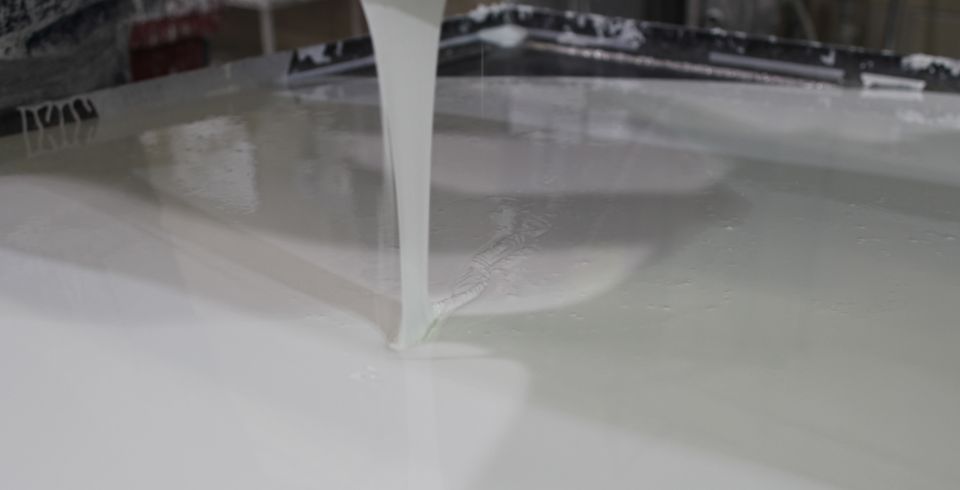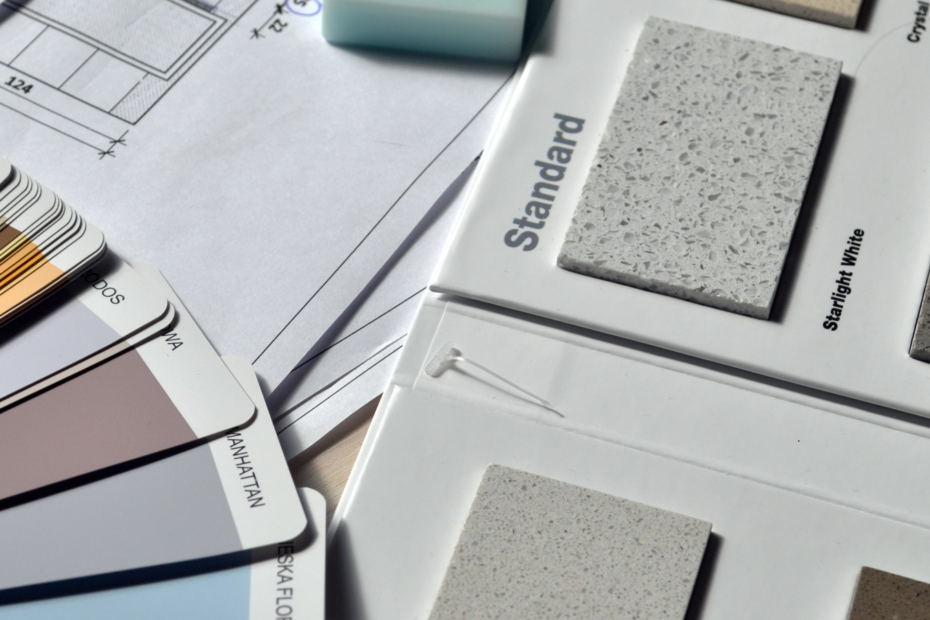Solid surface materials have been around for many years, and their popularity has continued to grow in both residential and commercial settings. Whether it’s for countertops, vanities, tables, or other surfaces, solid surface offers durability, beauty, and versatility. But how exactly is solid surface manufactured, and what materials are involved in the process? In this guide, we’ll take an in-depth look at manufacturing solid surface with resin and what manufacturers need to know to produce high-quality products.

Understanding Resin and Additives
The key ingredient in manufacturing solid surface is resin, which binds together the other materials to create a smooth and durable surface. Manufacturers may use different types of resin depending on their specific needs, but typically acrylic or polyester resins are used. Along with the resin, various additives are added to the mix, such as mineral fillers, pigments, and catalysts. The filler material gives the solid surface its strength, while pigments provide color and other visual effects. The catalyst is used to activate the curing process, which involves chemically bonding the resin and filler and transforming the material from a liquid to a solid form.
Mixing and Pouring the Resin
Once the resin and additives are prepared, the next step is to mix them together thoroughly. This is typically done in a large vacuum mixer that can agitate and blend the materials to form a consistent and homogenous mixture. Once the mixture is ready, it’s poured into a mold that has been prepared to the desired shape and size. The mold may be made of various materials, such as metal, silicone, or plastic, depending on the manufacturer’s preference. The mold is then placed in a temperature-controlled environment to allow the curing process to take place over time.
Cutting and Shaping the Solid Surface
After the curing process is complete, the solid surface is removed from the mold and trimmed to the desired shape and size using specialized cutting tools. Manufacturers may use different cutting techniques, such as CNC machines for precision cuts or hand tools for more intricate shapes. The surface may also be sanded and polished to create a smooth and glossy finish, further enhancing its aesthetic appeal.
Quality Control and Testing
Manufacturing solid surface with resin requires careful attention to detail and quality control throughout the entire process. Manufacturers should test the materials and finished products regularly to ensure they meet the desired standards for strength, durability, color, and other properties. Additionally, manufacturers should monitor the curing process and ensure the materials are stored and handled properly to avoid any defects or issues.
Applications and Advantages of Solid Surface
Solid surface materials have many applications in residential and commercial settings, including kitchen and bathroom countertops, wall cladding, and furniture surfaces. They are popular for their durability, ease of maintenance, and variety of colors and patterns. Additionally, solid surface is non-porous, meaning it won’t harbor bacteria or other germs, making it a safe choice for healthcare facilities and other high-traffic areas.
Manufacturing solid surface with resin is a complex process that requires careful attention to detail and quality control. By understanding the properties and ingredients of the materials involved, manufacturers can produce high-quality solid surface that meets their customers’ needs and expectations. With its versatility, durability, and aesthetic appeal, solid surface has become a popular choice for a wide range of applications in residential and commercial settings. As the demand for solid surface continues to grow, manufacturers must stay up-to-date with the latest advancements in technology and industry standards to remain competitive and innovative.
